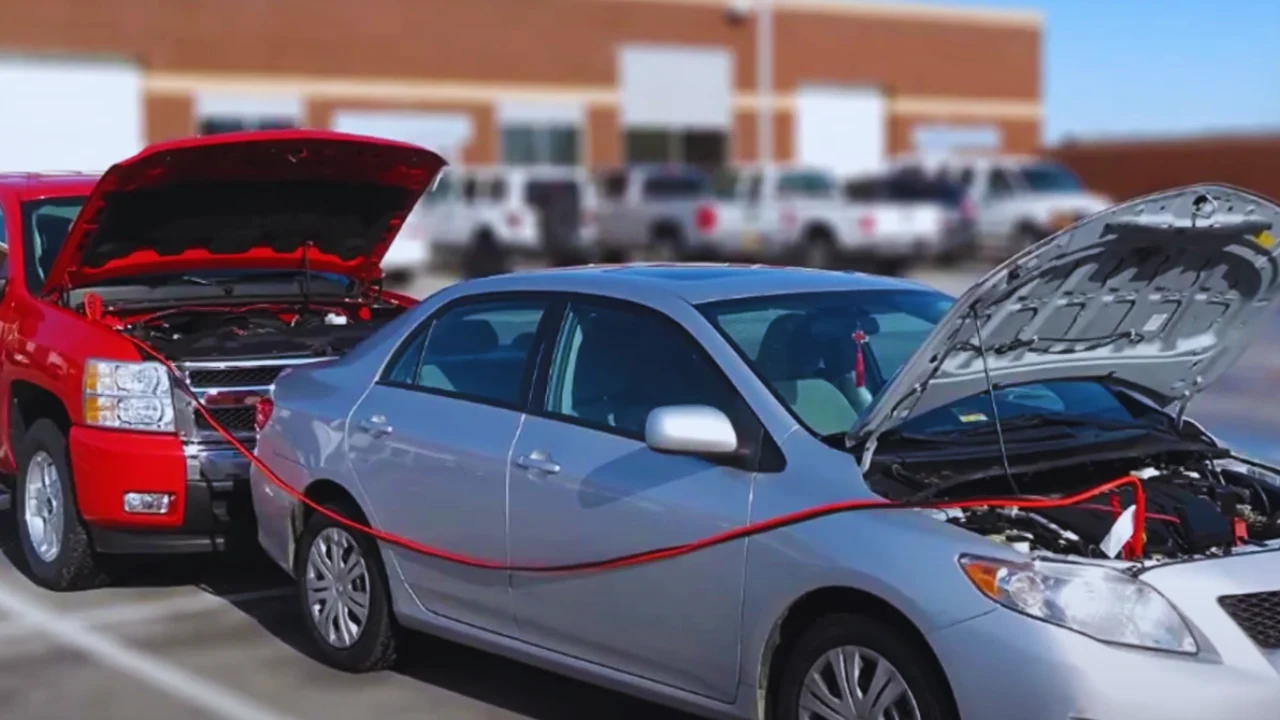We’ve all faced that moment of panic when you turn the key, and nothing happens. It’s frustrating, especially when you’re in a hurry. If it happened for the first time, you might have thought how to jumpstart a starter with jumper cables? But don’t worry—jumpstarting a car is a skill anyone can learn, and it’s easier than you might think.
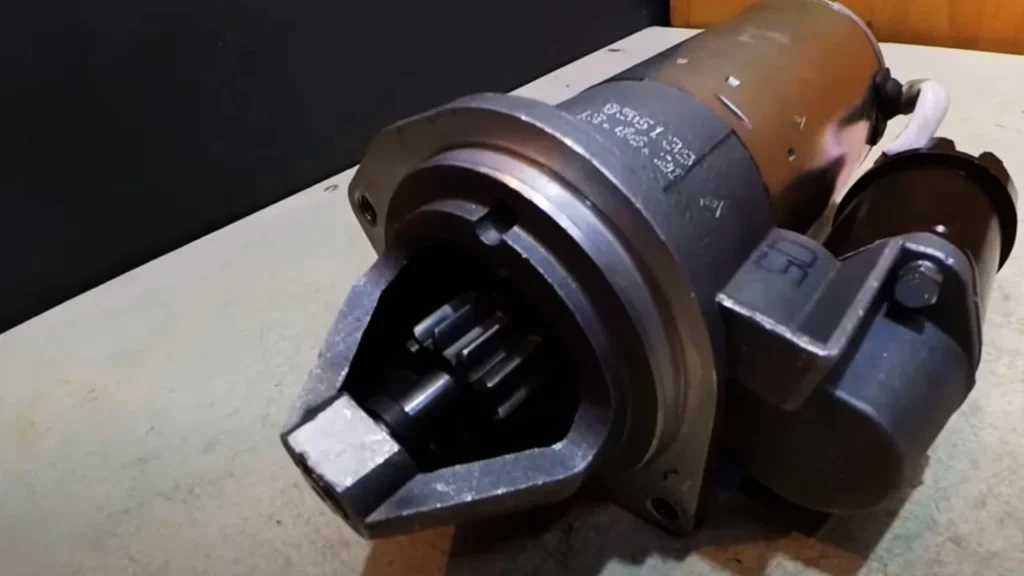
In this guide, I will walk you through the process. You’ll feel confident, prepared, and ready to jumpstart any car like a pro by the end. On a tight budget? Discover the best budget-friendly jump starters for 2024 without compromising on performance.
Quick Look
To jumpstart a car, connect the red cable to the positive terminals of both batteries, then the black cable to the working battery’s negative terminal and a bare metal surface on the dead car. Start the working vehicle, let it run, then start the dead car. Remove the cables in reverse order and let the car run for 15-20 minutes to recharge the battery.
What happens if I connect the cables wrong?
If you misconnect jumper cables, several problems can occur. Reversing the wires (positive to negative or vice versa) can cause a short circuit, damaging the battery or electrical system. This can result in expensive repairs or even destroy sensitive parts like the alternator. You might also see sparks, which can be dangerous. Sparks could ignite hydrogen gas from the battery, leading to a fire or explosion.
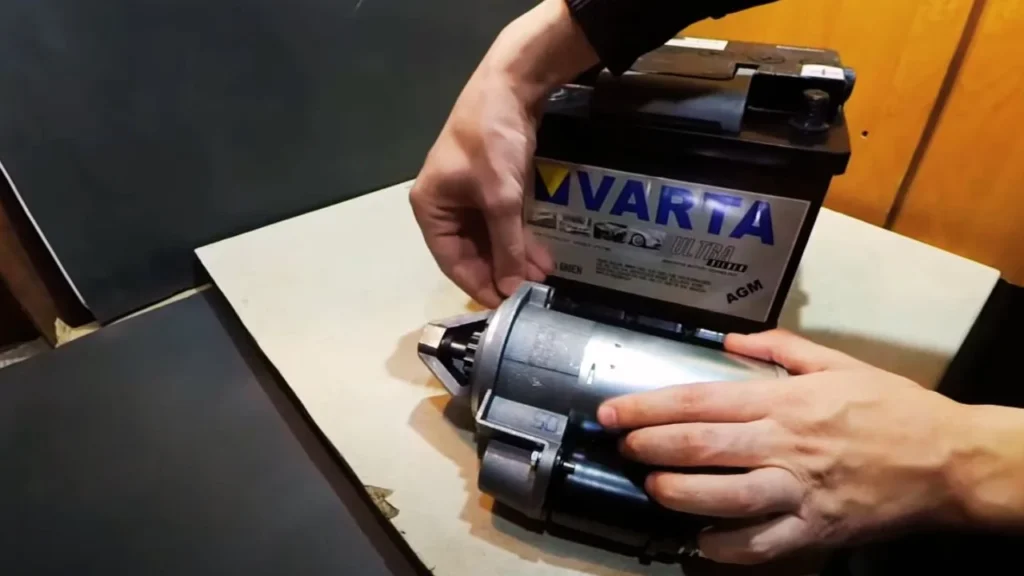
If you notice the cables are wrong, stop immediately and carefully disconnect them. To prevent these issues, always double-check connections, ensuring red goes to positive and black goes to negative.
What if you don’t have jumper cables? Read about alternative methods to jump-start an automatic car without cables.
What You’ll Need
Before diving into the process, let’s ensure we have everything. Being prepared will make jumpstarting your car quick and hassle-free. Here’s what we’ll gather:
- Jumper cables: Ensure you have a solid, heavy-duty pair with thick, insulated wires. The longer, the better—so you have plenty of reach between cars.
- A working vehicle: This will be the car with a healthy, fully charged battery. It will provide the juice we need to get the other one going.
- A car with a dead battery: This vehicle is giving us trouble and needs the jumpstart. Ensure it’s appropriately positioned for easy cable connection.
Got a hybrid vehicle? Learn whether a hybrid can jump-start a normal car and the precautions you should take.
How to Jumpstart a Starter with Jumper Cables | Step-by-Step Guide
Let’s walk through the process together. Don’t worry. I’ll keep it simple and clear, so you can follow along easily. Knowing how to jumpstart a car is a skill that comes in handy when you least expect it.
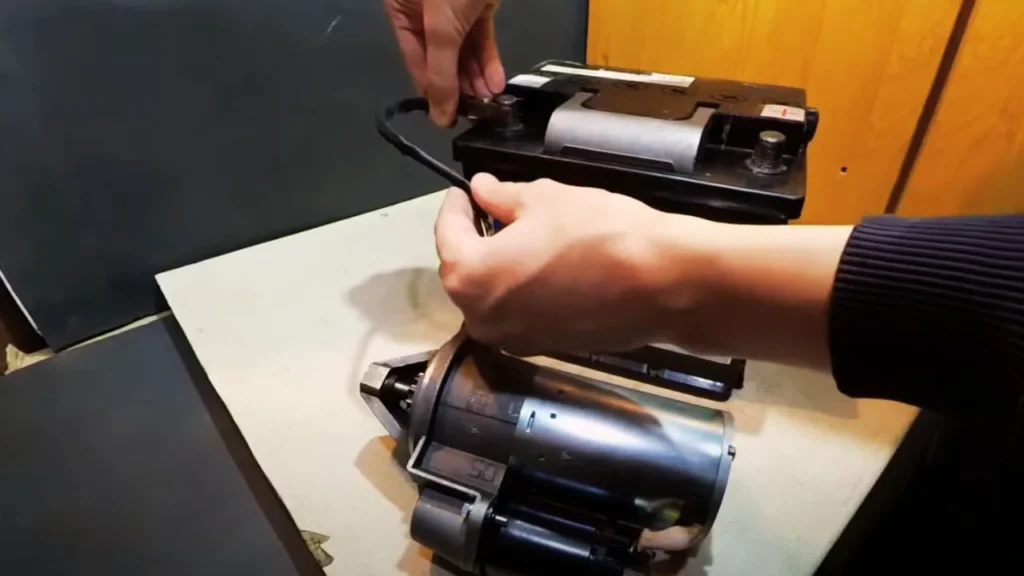
Whether stranded in a parking lot or helping out a friend, confidently handling a dead battery can save time and hassle. I’ll guide you through using jumper cables to get your car back on the road.
Step 1: Position both cars
First, you need to place both vehicles near each other. Ensure they’re close enough for the jumper cables to reach but not touching. Turn off both cars completely before we start.
Step 2: Attach the jumper cables
Now, grab your jumper cables. Start by connecting the red cable to the dead battery’s positive terminal. Then, attach the other end of the red cable to the positive terminal of the good battery. Next, connect the black cable to the working battery’s negative terminal. What if you don’t have jumper cables? Read about alternative methods to jump-start an automatic car without cables.
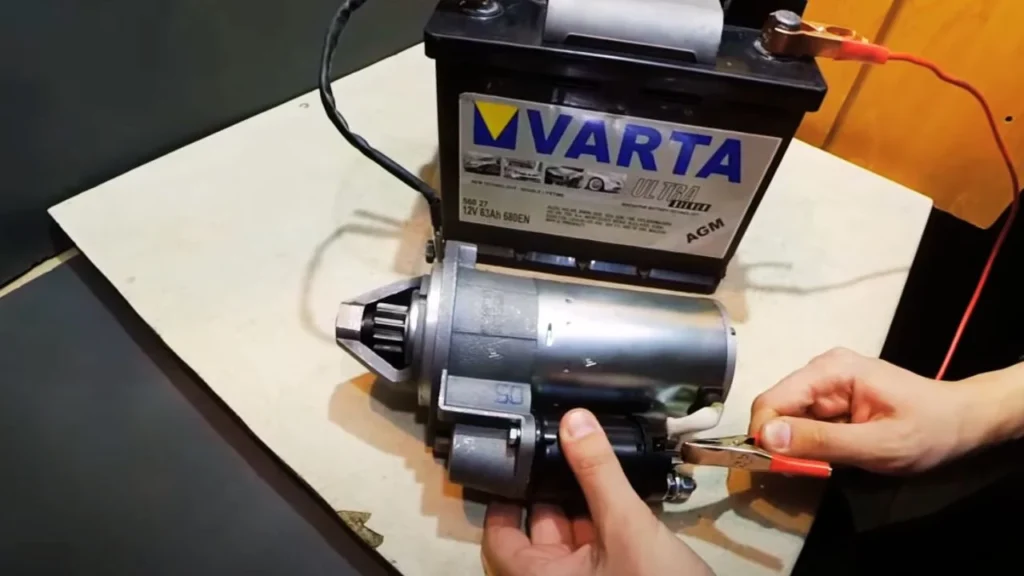
Step 3: Ground the black cable
Here’s an important part: attach the other end of the black cable to an unpainted metal surface on the dead car, like a bolt or bracket. This grounds the circuit and helps prevent sparks.
Step 4: Start the working vehicle
Go ahead and start the car with the good battery. Let it run for a couple of minutes. You can even gently rev the engine a little to give the dead battery a better charge.
Step 5: Start the dead vehicle
Now, it’s time to start the car with the dead battery. Try turning the key or pressing the start button. If everything’s connected properly, the car should fire up.
Step 6: Remove the cables in reverse order
Once the dead car starts, it’s time to disconnect the cables. Start with the black (negative) cable first, then move to the red (positive) one. Be careful not to let the clamps touch each other while doing this.
Step 7: Let the jumpstarted car run
After the jumpstart, leave the engine running for at least 15-20 minutes. This will give the battery enough time to charge, so you won’t need another jump immediately.
Looking for a jump starter with more versatility? Check out our picks for the best car jump starters with an AC outlet to find one that suits your needs.
Safety Guide
Jumpstarting a car is straightforward, but safety is always first. A little caution goes a long way, and I’ll walk you through the key safety points to remember. Let’s break it down so you’re not left worrying about damaging your car or yourself!
Keep Clamps from Touching
Once you’ve connected the cables to the battery, the clamps should never touch each other. I know it might seem like a minor thing, but it can cause dangerous sparks or short circuits. If you’re not careful, you could even damage both vehicles involved.
Proper Grounding
When attaching the black (negative) cable to the car with the dead battery, don’t clip it directly to the battery terminal. Instead, find an unpainted metal part of the engine block or chassis. This reduces the chance of creating a spark near the battery, which could be hazardous. A little grounding goes a long way in preventing accidents!
Double-Check Cable Connections
It’s so important to make sure the cables are securely connected before starting either car. A loose connection can cause the jumpstart to fail, leaving you frustrated and your battery dead. Always double-check that the red cable is on the positive terminal and the black cable is grounded correctly. A loose cable is often the culprit if you hear a clicking sound when you try to start the dead car.
Avoid Overloading the Batteries
Revving the working vehicle too much or too long can overload the battery, and we don’t want that. Let the car run for a few minutes to give the dead battery time to charge, but don’t overdo it. Revving too hard can cause overheating or even damage the electrical system of both cars.
Stay Calm and Pay Attention
If something doesn’t seem right, like smoke or strange smells, stop immediately. Stay calm, assess the situation, and call for professional help if needed. The goal is to get your car running, not risk injury or damage!
Calling Professional Assistance
If the jumpstart doesn’t work, don’t worry—it happens sometimes. The first thing I always do is double-check the cable connections. Ensure they’re firmly attached to the right terminals and haven’t slipped loose. A poor connection can often cause the jump to fail.
If everything seems correct, but your car still won’t start, your battery might be completely drained or damaged beyond a simple jumpstart. In that case, it’s time to think about calling for roadside assistance. Most services can help you with a more powerful jump or even replace your battery on the spot.
Sometimes, the issue is not your battery. It could lie with your car’s starter, alternator, or another component. If that’s the case, a professional mechanic can help diagnose and fix the problem. It’s better to call for help early than risk damaging your car further or being stranded for longer than necessary.
Dealing with a damaged battery
Sometimes, the battery might still act up even after jumpstarting your car. That’s a clear sign it could be on its last legs. Typically, a car battery lasts about three to five years, but weather and driving habits can shorten that lifespan.
If your car struggles to start often or you notice dim headlights, it might be time for a replacement. Corrosion around the terminals is another red flag. Regular battery checkups can save you from unexpected breakdowns.
If you’re unsure, having a professional test your battery is always a good idea. They can tell you if it’s still reliable or time to invest in a new one.
Final Thought:
Jumpstarting a car might seem daunting, but once you know how to jumpstart a starter with jumper cables, it becomes a simple process. Just remember to follow the steps carefully and take your time.
With the right equipment and some patience, you’ll be back on the road in no time. Regular battery maintenance is key to avoiding these situations, but if you’re ever stuck, you’ll know exactly how to get moving again.
FAQ’s
Can Jumpstarting Damage My Car?
Yes, jumpstarting can damage your car if done incorrectly. Reversing the cables or connecting them wrong can damage the electrical system, affecting components like the alternator or ECU. It can also overheat the battery, potentially leading to an explosion. Additionally, sparks from incorrect connections may ignite hydrogen gas from the battery, causing fire hazards.
To avoid damage, connect the cables properly—red to positive, black to negative—and make sure the clamps are secure. Consult a professional or your car’s manual to ensure safe jumpstarting.
Do I Need to Replace My Battery After a Jumpstart?
You don’t always need to replace your battery after a jumpstart. If the battery is relatively new and drained due to lights left on or cold weather, it might recharge just fine after driving. However, if you need frequent jumpstarts, the battery may no longer hold a charge and should be replaced.
Check for visible damage, such as cracks or corrosion. If issues persist, the problem might not be the battery but the alternator or charging system. A mechanic can test both to confirm whether a replacement is needed.
